Sherry, Manzanilla & Montilla
A Guide to the Traditional Wines of Andalucía
Peter Liem and Jesús Barquín
Manutius
£19/$29.95
In the past few years, sherry has had a bit of a renaissance in the niche market, much of it driven by the progressive Consejo Regulador of Jerez and its advertisement campaigns and the arrival of the 'tapas bar' phenomenon that has struck many cities around the world. Along with a night enjoying some hospitality in one's 'local', imagining oneself at a table in Jerez de la Frontera or...
market, much of it driven by the progressive Consejo Regulador of Jerez and its advertisement campaigns and the arrival of the 'tapas bar' phenomenon that has struck many cities around the world. Along with a night enjoying some hospitality in one's 'local', imagining oneself at a table in Jerez de la Frontera or...
2012 wine books – regions, and a domaine

Guest contributor
Friday 28 December 2012

By Paul O'Doherty. See our guide to 2012 wine book reviews.
Become a member to continue reading

Celebrating 25 years of building the world’s most trusted wine community
In honour of our anniversary, enjoy 25% off all annual and gift memberships for a limited time.
Use code HOLIDAY25 to join our community of wine experts and enthusiasts. Valid through 1 January.
Member
$135
/year
Ideal for wine enthusiasts
- Access 286,346 wine reviews & 15,820 articles
- Access The Oxford Companion to Wine & The World Atlas of Wine
Inner Circle
$249
/year
Ideal for collectors
- Access 286,346 wine reviews & 15,820 articles
- Access The Oxford Companion to Wine & The World Atlas of Wine
- Early access to the latest wine reviews & articles, 48 hours in advance
Professional
$299
/year
For individual wine professionals
- Access 286,346 wine reviews & 15,820 articles
- Access The Oxford Companion to Wine & The World Atlas of Wine
- Early access to the latest wine reviews & articles, 48 hours in advance
- Commercial use of up to 25 wine reviews & scores for marketing
Business
$399
/year
For companies in the wine trade
- Access 286,346 wine reviews & 15,820 articles
- Access The Oxford Companion to Wine & The World Atlas of Wine
- Early access to the latest wine reviews & articles, 48 hours in advance
- Commercial use of up to 250 wine reviews & scores for marketing
More Book reviews
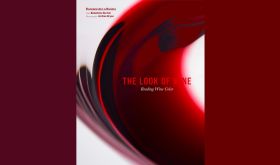
Book reviews
A compelling call to really look at your wine before you drink it, and appreciate the power of colour.
The...
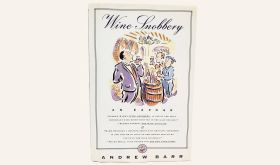
Book reviews
A scathing take on the wine industry that reminds us to keep asking questions – about wine, and about everything...

Book reviews
A courageous book that tackles the unwieldy subject of sustainability in wine with extraordinary detail, pragmatism and warmth.
Rooted in...

Book reviews
Not just an exploration of Zinfandel, but a window into a California wine scene that has long disappeared .
Angels’...
More from JancisRobinson.com

Tasting articles
See also the companion article on sparkling, white and rosé wines published last month. For more ports and Madeiras, see...
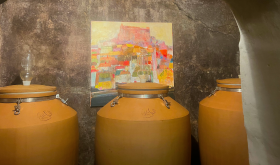
Tasting articles
Part one of a two-part exploration of change in the vineyards of southern France.
Not for the first time, I’ve...
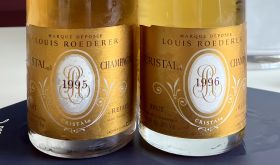
Tasting articles
A comparative tasting of champagne from the highly acclaimed 1996 vintage and the overshadowed 1995. And a daring way to...
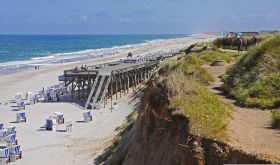
Nick on restaurants
An annual round-up of gastronomic pleasure. Above, the German island of Sylt which provided Nick with an excess of it...
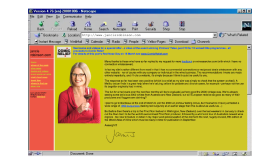
Inside information
The penultimate episode of a seven-part podcast series giving the definitive story of Jancis’s life and career so far. For...

Wine news in 5
Plus potential fraud in Vinho Verde, China’s recognition of Burgundy appellations, and the campaign for protected land in Australia’s Barossa...
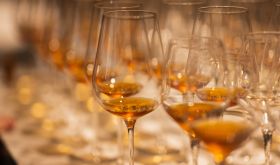
Free for all
Go on, spoil yourself! A version of this article is published by the Financial Times . Above, my glasses being...
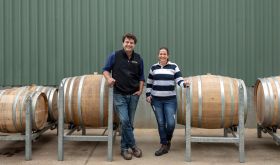
Wines of the week
A brilliantly buzzy white wine with the power to transform deliciously over many years. And prices start at just €19.90...